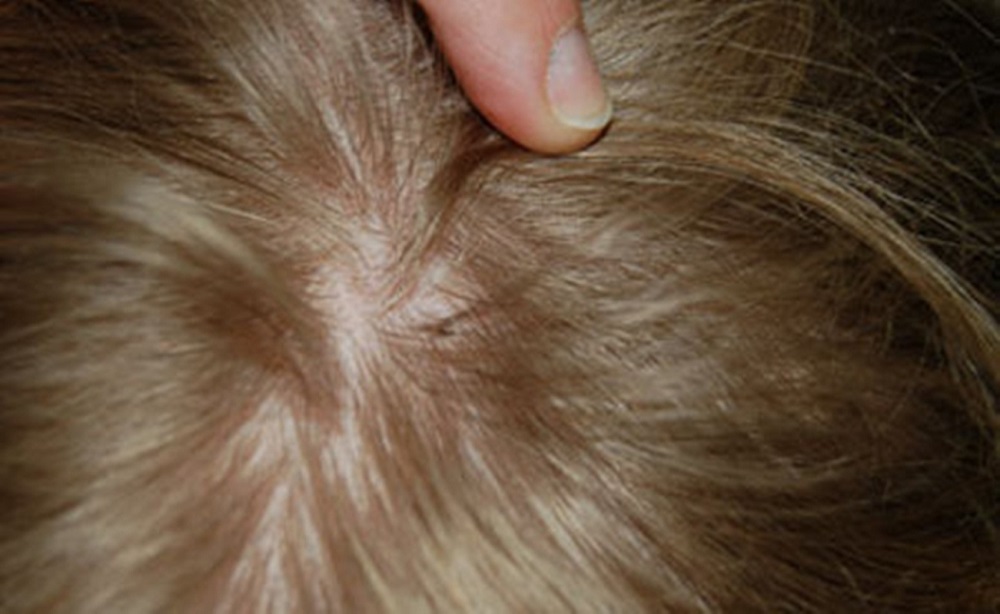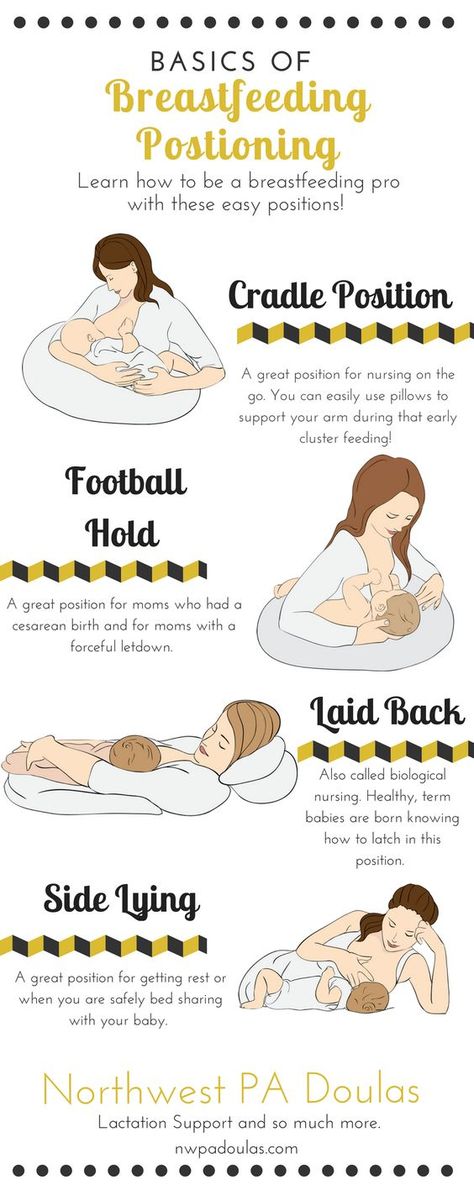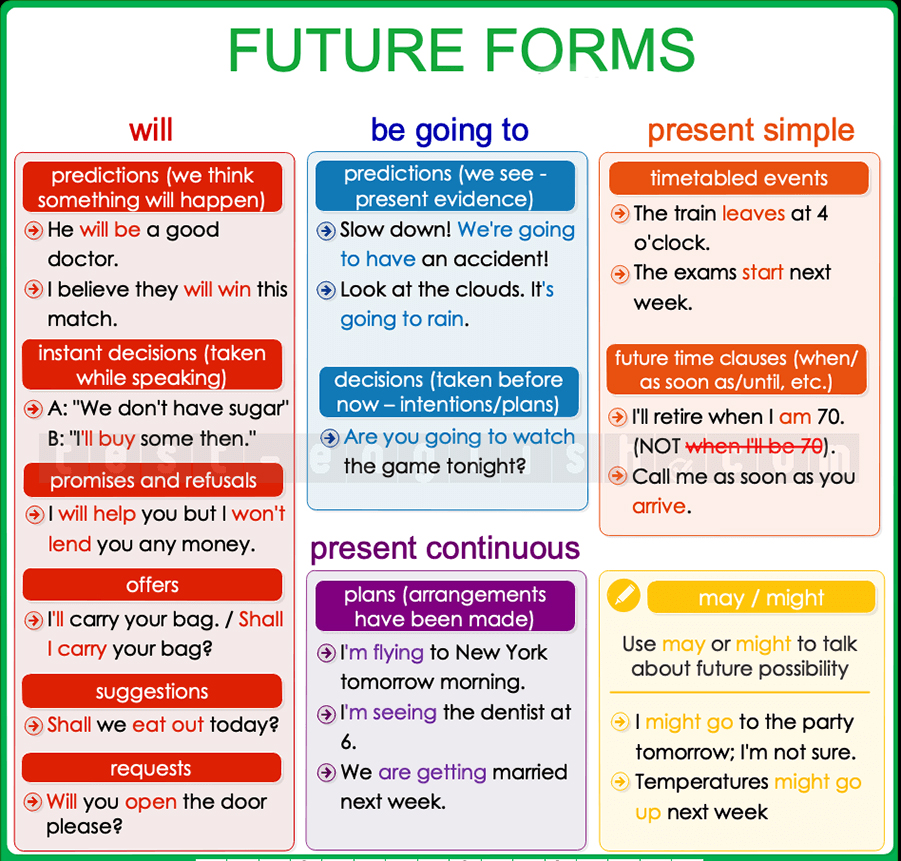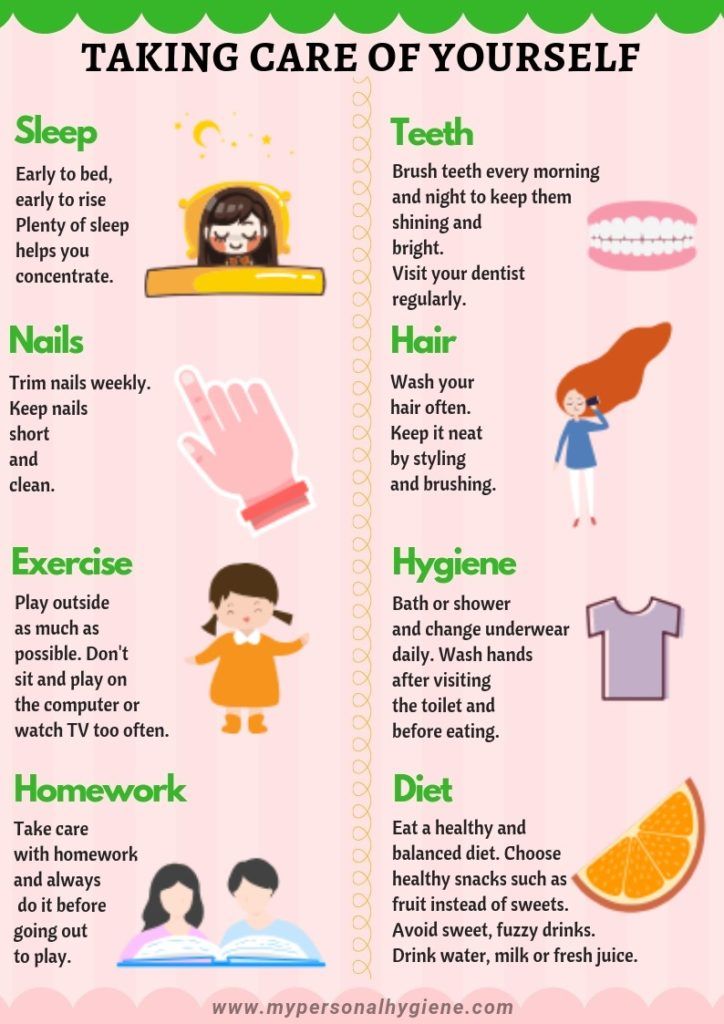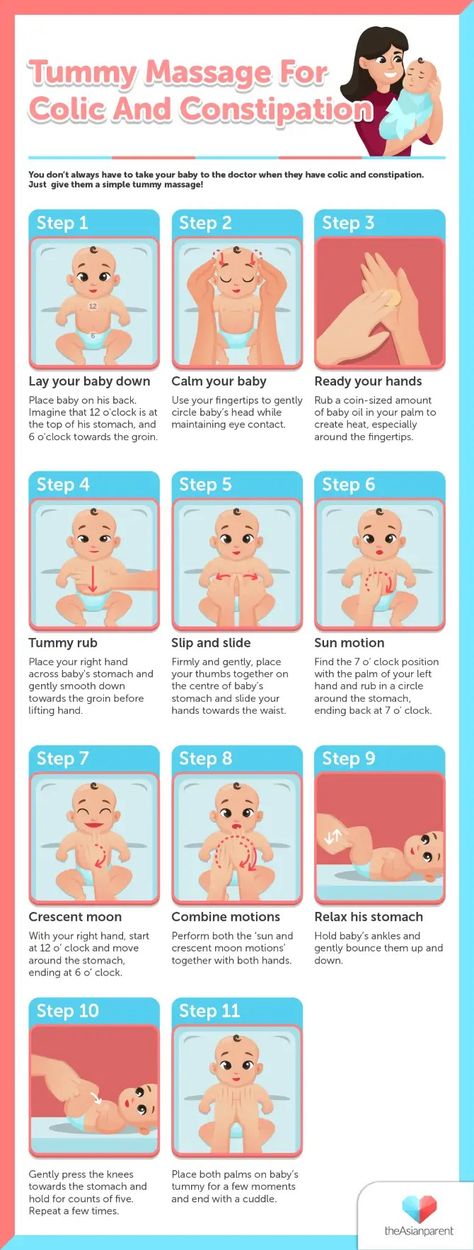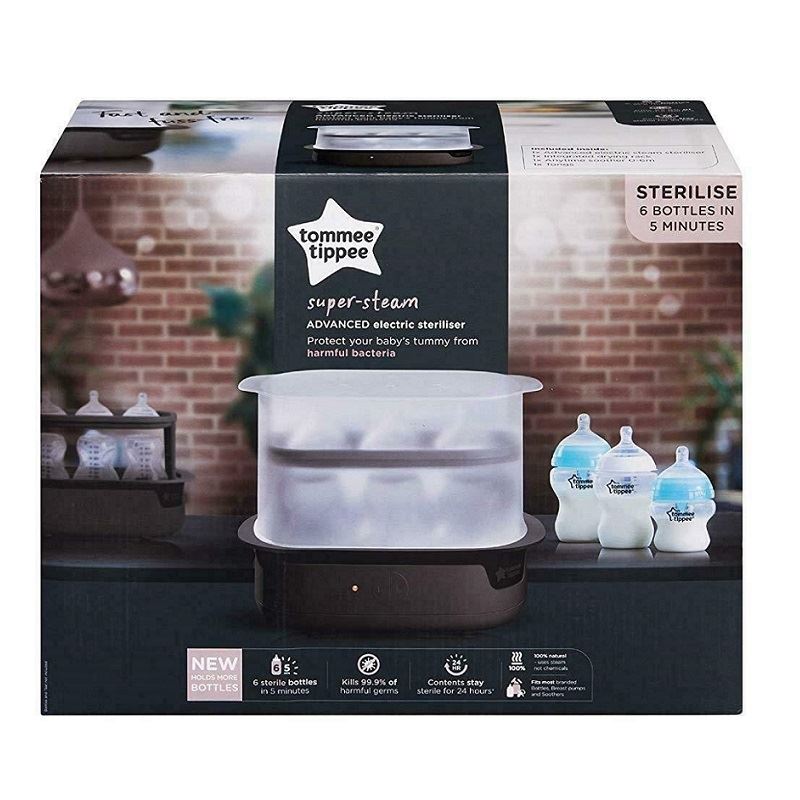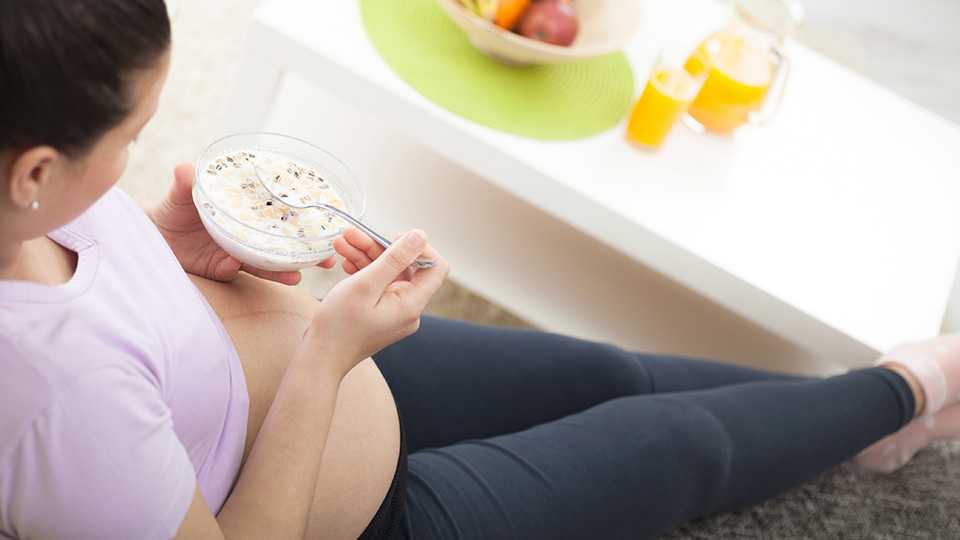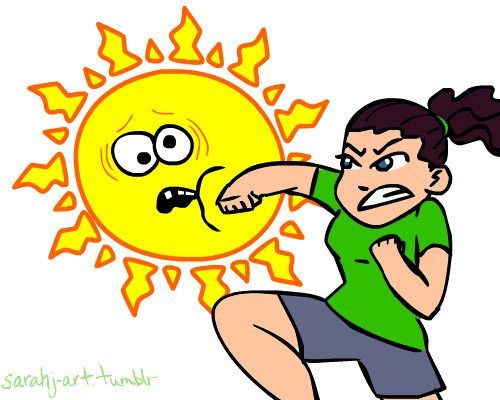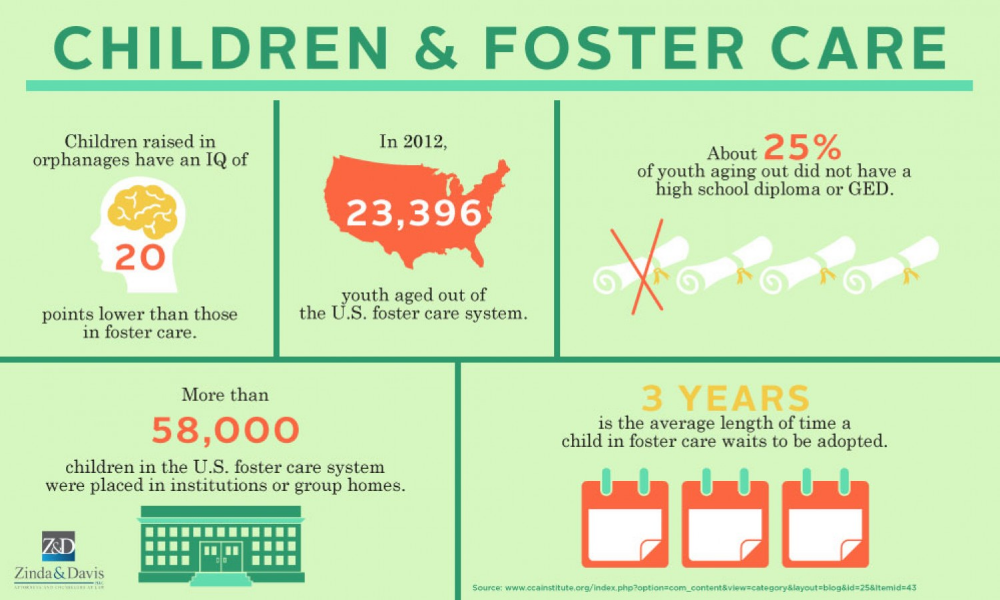Baby itchy head
Causes, Home Remedies, When to Seek Help
Anyone can get a dry scalp, including your baby. But it can be difficult to determine the cause of your baby’s dry scalp as well as how to treat it.
Read on to learn about the possible causes of dry scalp in babies and what you can do about it. As a rule of thumb, see your baby’s pediatrician if your baby’s scalp doesn’t improve or if it’s extremely itchy or irritated.
Dry scalp in babies may be linked to underlying conditions of the skin, such as seborrheic dermatitis or eczema. In some cases, you may also notice your baby’s scalp is drier during certain times of the year, or in response to their shampoo.
Below are the possible causes of your baby’s dry scalp, as well as the key symptoms to look for.
Cradle cap causes
One of the most common scalp conditions seen in babies is related to a condition called cradle cap. It’s also called infantile seborrheic dermatitis or “crib cap.”
This condition is not contagious and does not cause discomfort to your baby. It typically resolves on its own, though you can help loosen up the flakes with baby shampoos, mineral oil, and gentle brushing techniques.
Though the exact cause isn’t known, cradle cap is thought to be attributed to a combination of genetic and environmental factors. It’s also sometimes caused by the overgrowth of Malassezia fungi in sebum (oil) underneath the skin.
Cradle cap causes thick, oily patches on the scalp that may range from white to yellow in color. If your baby has cradle cap on the scalp, they may also have these patches in other oily areas of the body, such as their armpits, groin, and ears.
Baby dandruff
Dandruff can also cause a dry scalp. Unlike the more common appearance of cradle cap, dandruff is white, dry, and sometimes itchy. Dandruff may be genetic. If you have dry skin, your baby could have dry skin, too.
Overwashing your baby’s skin doesn’t cause dandruff. But if your baby has this condition, you may want to shampoo their scalp less frequently. Wash every other day instead of every day to prevent dryness from getting worse. Cold weather and low humidity can also worsen dandruff.
Wash every other day instead of every day to prevent dryness from getting worse. Cold weather and low humidity can also worsen dandruff.
Allergies can also cause your baby to have a dry scalp, though this is less common. If the dry scalp is accompanied by a red, itchy rash, allergies may be the cause.
Baby eczema
Eczema refers to a number of conditions that cause inflamed, red, and itchy skin. In babies, the most common type of eczema is seborrheic dermatitis, which tends to develop after 3 months of age.
Other types of eczema in babies may include atopic dermatitis and contact dermatitis. While contact dermatitis involves symptoms that develop when the skin encounters an irritating substance, such as fragrances, atopic dermatitis tends to come and go. Atopic dermatitis is also hereditary, and can develop in babies as young as 6 months old.
If contact dermatitis is causing your baby’s scalp eczema, you may notice symptoms of red, inflamed skin after your baby comes into contact with products, such as shampoos or lotions with fragrances in them. Blistering and itching are also possible.
Blistering and itching are also possible.
With atopic dermatitis, you may notice that the eczema isn’t confined to your baby’s scalp. You might also see symptoms in other areas of their body, particularly on the face. While eczema is usually red, the scales may have a dry appearance, too.
External causes of dry scalp in children and babies
Weather and environmental elements, lifestyle, and personal care products may also contribute to the underlying causes of dry scalp in babies. Possibilities include:
- cold weather
- low humidity
- overheating and sweating from warm temperatures or sun exposure
- baby shampoos and other personal care products that have fragrances or alcohol
- detergents
- allergens, such as animal dander
While a dry scalp may be noticeably drier, with white colored scales, cradle cap tends to cause oilier and crusty-looking scales. Cradle cap also tends to be yellowish or red in color.
Also, while cradle cap symptoms may appear on your baby’s face, not all underlying causes of dry scalp will spread to other parts of the body.
Once you’ve identified the cause of your baby’s dry scalp, it’s usually treatable at home.
Adjust your shampoo schedule
Shampooing your baby’s hair not only removes dirt and oil from their delicate strands, but it helps remove excess dirt and oil from their scalp, too. The amount of times you shampoo your baby’s scalp can vary based on their condition, though.
For cradle cap, shampooing daily can help remove oil and loosen the flakes on your baby’s scalp. All other causes of dry scalp may benefit from shampooing every other day to avoid excess dryness.
Use medicated shampoo
If adjusting the frequency of shampooing doesn’t help, you may want to try an over-the-counter medicated shampoo. Look for one that’s specifically formulated for babies.
For dandruff and eczema, look for anti-dandruff shampoos containing pyrithione zinc or selenium sulfide. More stubborn patches related to cradle cap may require stronger anti-dandruff shampoos, such as those containing tar or salicylic acid.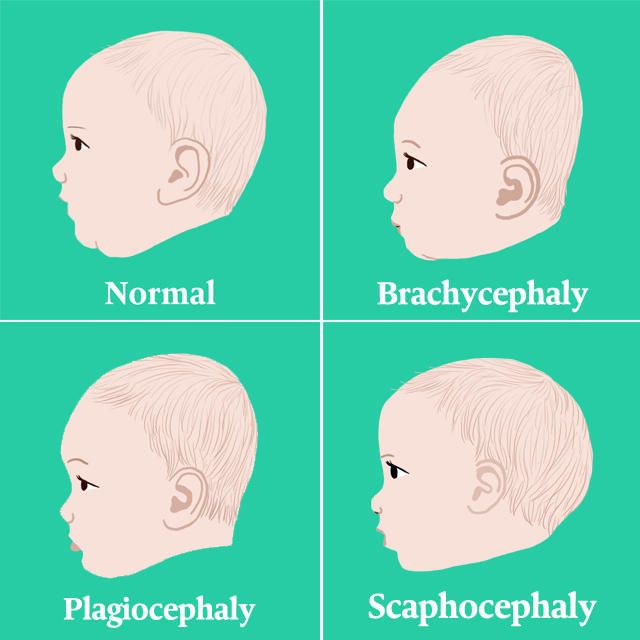 Your baby’s doctor or a pharmacist can tell you which shampoo is best.
Your baby’s doctor or a pharmacist can tell you which shampoo is best.
No matter which medicated shampoo you choose, the key is to leave the shampoo on your baby’s scalp for a minimum of 2 minutes. For cradle cap, you may need to repeat the process.
Use the medicated shampoo 2 to 7 days per week until symptoms improve, or as directed on the packaging. It may take up to 1 month for symptoms to clear up.
Try mineral oil
Mineral oil (“baby oil”) is thought to help loosen stuck-on flakes left on the scalp and help reduce symptoms of cradle cap. Although it’s a common home remedy, mineral oil hasn’t been proven to help.
If you want to try mineral oil, gently massage the oil onto your baby’s scalp before shampooing. For extra benefits, run a comb over the scalp to loosen the flakes. Let the oil soak in for a few minutes before rinsing off.
You can repeat this process for cradle cap before each shampoo session. As the flakes start to improve, you can reduce the frequency.
The key is to make sure you completely wash all the oil away. You can also leave a small amount of oil overnight and wash your baby’s scalp in the morning.
Massage on olive oil
If your baby has dandruff or eczema, you may consider an olive oil scalp massage instead of mineral oil. Use the same process as above, and be sure to rinse thoroughly.
Apply hydrocortisone cream
Hydrocortisone cream is available over the counter. It may help alleviate redness, inflammation, and itchiness. While it can help scalp eczema, it won’t necessarily help cradle cap or everyday dandruff buildup.
Speak with your baby’s doctor before trying this method. Hydrocortisone cream is generally safe for babies if not used in the long term.
Apply hydrocortisone to your baby’s scalp after shampooing and drying their hair. You can reapply one to two times per day as needed, or as recommended by your baby’s pediatrician.
If eczema is causing the dryness, hydrocortisone cream may improve symptoms within a week.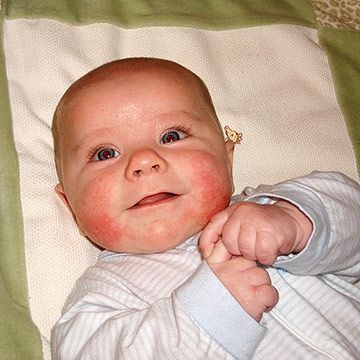
Depending on the cause, it can take several weeks for the dryness to go away.
If you don’t see any improvements at all within 1 week of treatment, it may be time to have a pediatrician look at your baby’s scalp. They might recommend a prescription-strength shampoo or a steroid cream to treat any underlying inflammation. If you don’t already have a pediatrician, the Healthline FindCare tool can help you find a physician in your area.
Also see your baby’s doctor if your baby’s scalp starts:
- cracking
- bleeding
- oozing
These could be early signs of an infection.
Cradle cap can occur in babies and toddlers up to 3 years of age. If cradle cap is the cause, your child may continue to have a dry scalp until they’re older. Once cradle cap or dandruff resolves, it usually won’t return.
Some causes of dry scalp are chronic, such as eczema. Your child might need occasional treatments as they age.
Genetic factors, such as dry skin and allergies, may also persist throughout childhood and adulthood. If your baby’s scalp recovers, other skin symptoms may show up later in life, but treatments are available.
If your baby’s scalp recovers, other skin symptoms may show up later in life, but treatments are available.
Preventing dry scalp in babies ultimately depends on the underlying cause, and it’s important to follow your treatment plan from your child’s pediatrician. As a rule of thumb, you can try the following preventive measures to help keep your baby’s scalp healthy:
- wash and dry your baby’s hair regularly, using lukewarm water
- gently brush your baby’s scalp and hair every day
- use fragrance-free shampoos, lotions, and detergents only
- avoid any known allergens, such as pollen and dander
- keep your baby out of excessively warm or dry weather conditions
- dress your baby in layers so they don’t sweat
Dry scalps in babies are normal and often treatable at home. In most cases, the underlying cause is cradle cap. Dandruff, eczema, and allergies are other possible causes.
If your baby’s scalp doesn’t improve after a couple weeks of treatment or if symptoms get worse, see your baby’s pediatrician.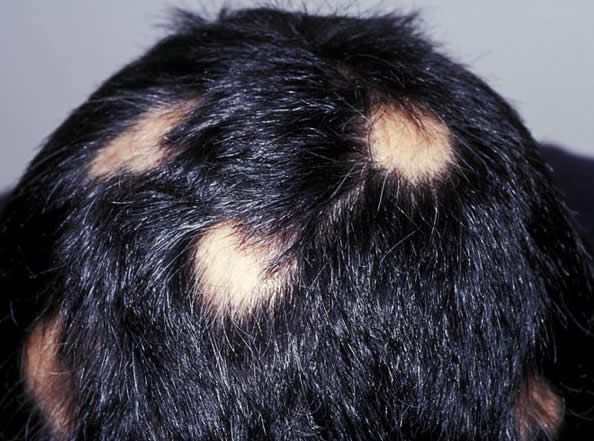
My Baby Scratches Their Head a Lot: Should I Be Concerned?
- It’s normal for babies to scratch their heads. It’s a natural reflex and a signal that an area on their body needs attention.
- It’s never too early to start a skin care regimen for your baby. Use gentle, fragrance-free moisturizers for your baby’s skin.
- Save baby mittens for sleep time. Your little one needs free hands to explore and develop his sensory system.
- If your baby’s constant scratching causes skin irritation to spread, consult his pediatrician.
Your baby’s perfect head is covered in scratch marks. Maybe scratching his head has become a habit. If this sounds familiar, you may be doing a bit of head-scratching of your own trying to figure out why your baby scratches his head.
In many young babies, actual scratches on the head and face are likely accidental and due to uncontrolled hand movements.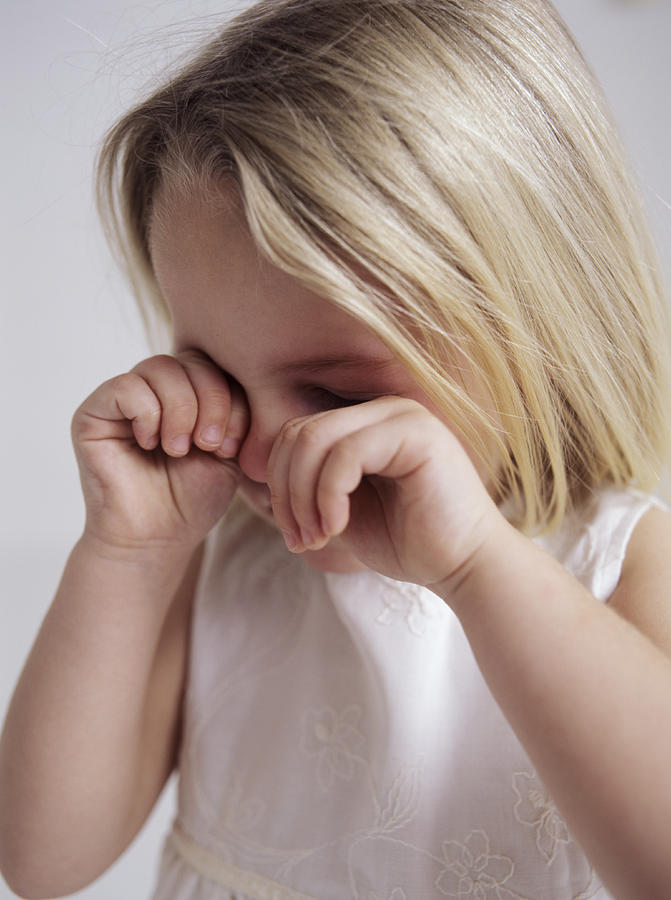 These types of scratches are generally not a big concern beyond making sure they don’t get infected. But if it seems like your baby is deliberately scratching because they’re itchy then you’ll want to address the problem.
These types of scratches are generally not a big concern beyond making sure they don’t get infected. But if it seems like your baby is deliberately scratching because they’re itchy then you’ll want to address the problem.
Common reasons for babies to scratch include overwashing, dryness, and allergies. Another reason might be eczema. If you notice constant scratching, keep a record of it. You may want to include information about your baby’s diet, clothing material, detergent brand, and anything else you put on their skin.
Keep in mind that your baby’s skin is an amazing organ. It constantly sheds, renews, and makes up the beautiful little human that’s before you. His built-in reflex that tells him to scratch an itch is also a thing to appreciate. Think of it as a method of communication to you—his body needs attention somewhere.
With a bit of close observation, recordkeeping, and patience, your baby’s scratching can be addressed and remedied.
Is It Normal for a Baby to Scratch Their Head?When there’s an itch, can you resist scratching it? Babies are no different. It’s normal for babies to scratch their heads.
It’s normal for babies to scratch their heads.
Babies endure a multitude of skin issues. Their tender skin constantly sheds and adjusts to elements outside the womb.
Some common culprits that cause babies to scratch their head include:
- Too-frequent bathing. Your well-intentioned attempt to keep your baby squeaky clean with frequent baths may be removing the natural oils from his skin and causing dryness.
- Harsh chemicals in baby shampoo. If your baby has sensitive skin, these can also lead to an itchy scalp.
- Dryness. Baby skin is susceptible to moisture loss, which can cause dryness. Dryness can be uncomfortable and itchy for your baby.
- Eczema. The onset of eczema usually occurs before the age of one. Eczema most commonly appears in babies as a dry, scaly rash on the cheeks, trunk, scalp, hands, or feet.
- Cradle Cap. Cradle cap is a rash that can form on the scalp and face.
 It’s identified by greasy, scaly patches and tends to disappear between 6 months and one year of age. Keep in mind, however, that cradle cap is not usually itchy, so it’s unlikely to be a culprit for scratching.
It’s identified by greasy, scaly patches and tends to disappear between 6 months and one year of age. Keep in mind, however, that cradle cap is not usually itchy, so it’s unlikely to be a culprit for scratching. - Allergies. If your baby is allergic to a type of food or material, skin irritation may appear on his head.
If you notice your baby scratching the back of his head, he may just be tending to an itch that’s causing him discomfort. Your baby may also be tired and indicating that it’s time for a nap. Scratching the back of his head can serve as a self-soothing method.
Your Baby Scratches Their FaceA newborn baby’s startle reflex is meant to protect him by quickly throwing out his arms and legs. With very little control of his hands, your baby may accidentally scratch himself. The skin on your baby’s face, unfortunately, might take the brunt of it.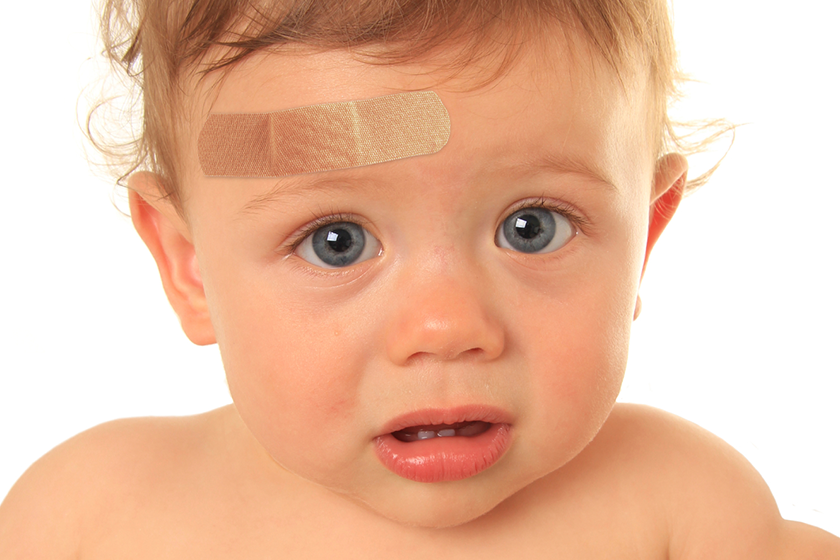
Additionally, as your baby embarks on some face exploration, he is engaged in healthy development behavior. Just bear in mind that he may conclude his exploration with an accidental scratch on his face.
Your Baby Scratches Their Head at NightBabies with eczema tend to scratch more often at night. This is likely because a drop in body temperature at night can cause skin to become itchier. If your baby scratches his head at night, it’s likely his scratching disturbs much-needed sleep—for everyone.
Here are some tips for your baby to scratch less and get a good night’s rest:
- Treat your baby to a soothing bath that includes skin-friendly oatmeal and calendula. Avoid bubble products as they can irritate the skin.
- Pat your baby’s skin dry with a soft towel.
- Moisturize your baby with a fragrance-free cream as soon as he’s out of the water to lock in moisture.
- Dress your baby in comfortable pajamas made from 100% cotton or linen.
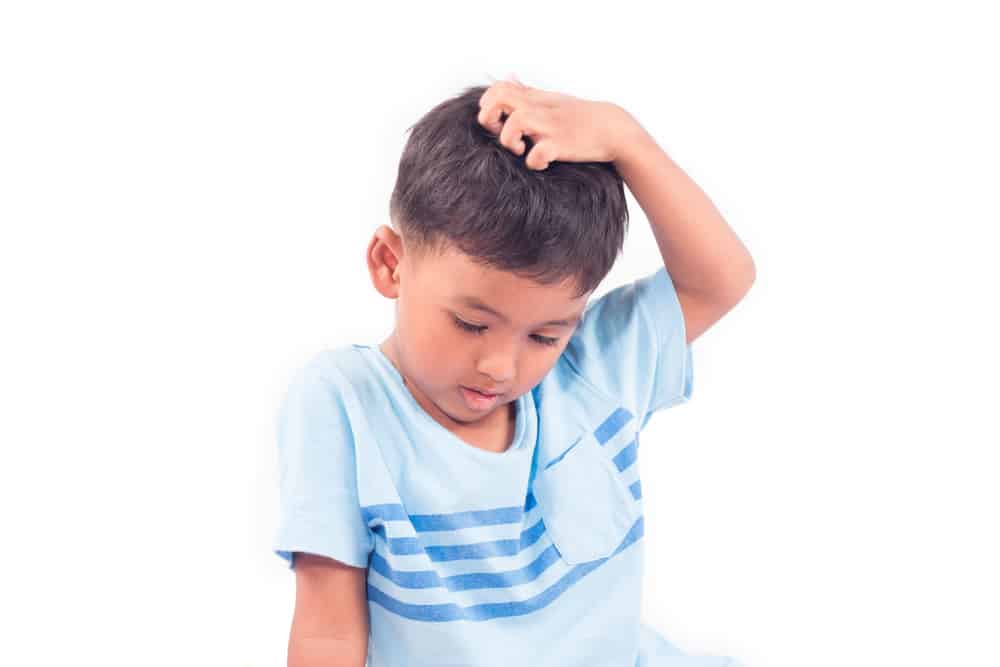 Use hypoallergenic blankets and sheets for his bed. Avoid materials like polyester and wool, which can cause itchy skin.
Use hypoallergenic blankets and sheets for his bed. Avoid materials like polyester and wool, which can cause itchy skin. - Use a humidifier if the weather is dry.
- Keep your baby’s room at a comfortable, cool temperature. Sweat may cause itchiness, too.
- Baby nails are notorious for being razor-sharp. Using an emery board, file your baby’s nails—including those sharp corners.
- If your baby’s hands make their way to his little head while he’s asleep, it’s less likely he’ll wake up or hurt himself by scratching his head with sharp nails.
- Place scratch mittens over your baby’s hands. Mittens may not be necessary, though, if you keep your baby’s nails trimmed and filed.
Your Baby Scratches Their Head When Upset
Besides crying and turning red, babies have other devices to show that they’re upset. Some babies scratch their head to demonstrate unhappiness.
Your baby might have jerky movements when he’s upset, increasing the likeliness that he’ll scratch his head more furiously. This may cause worry as your baby navigates the often tricky emotional development. Stress and anxiety trigger itching, making your child’s emotions and physical discomfort even more upsetting.
This may cause worry as your baby navigates the often tricky emotional development. Stress and anxiety trigger itching, making your child’s emotions and physical discomfort even more upsetting.
Remain patient and gently guide your baby’s hands away from his head. Remove your baby from as much stimulation as possible by going to a quiet room where he can calm down. Keep track of events and activities that tend to upset him and avoid those.
Your Baby is Rubbing Their HeadSome babies rub their heads to self-soothe. If your baby is approaching naptime, he might scratch his head due to tiredness. Overstimulation may also cause your baby to rub his head.
Head rubbing might be accompanied by tugging at his ears and drooling if your little one is starting to get new teeth.
How Can I Stop My Baby from Scratching Their Head?Here are some ways to prevent your baby from scratching his head:
- Retain moisture in your baby’s skin by using a fragrance-free moisturizing cream.
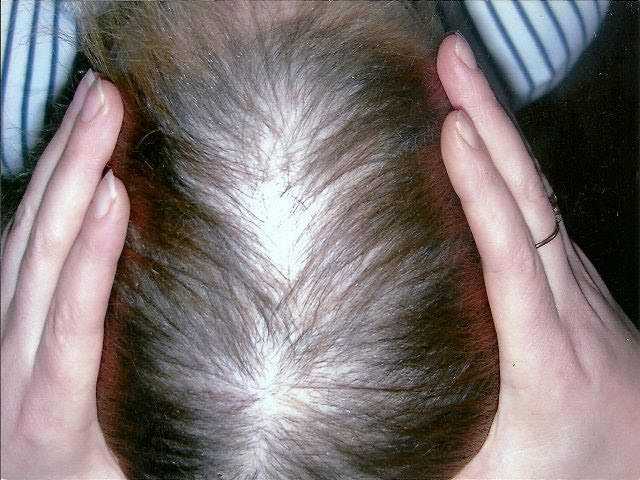 Apply generously throughout the day. Avoid lotions as they tend to contain alcohol.
Apply generously throughout the day. Avoid lotions as they tend to contain alcohol. - Keep his nails trimmed and filed.
- Use mild soap and detergents.
- Gently brush your baby’s hair to remove dry flakes.
Keeping your baby’s skin moisturized and using over-the-counter treatments may keep itching at bay. If your baby’s scratching persists, worsens, or other symptoms appear, consult with their doctor.
Here are other signs you may need to visit the doctor:
- There is no improvement with over-the-counter treatments.
- Prescribed medication stops working.
- Your baby develops a rash, or skin starts to ooze, bleed, develops sores or blisters, or looks swollen—it might be infected.
- There are flat red spots on the skin.
- Your baby scratches multiple areas.
- A fever accompanies scratching.
- If your baby seems intensely uncomfortable or is unable to stop scratching
- If anyone in the household is known to be exposed to or diagnosed with scabies, lice, chickenpox, herpes simplex (cold sores), or other skin infections.

What are the symptoms of eczema?
Your baby may have eczema if you see these signs:
- Circular red patches
- Dry, scaly skin
- Skin appears thick and leathery
- Skin is red and itchy
- When scratched, the area oozes
- On infants, patches are prominent on cheeks, forehead, and scalp
How do you treat a scratch on your baby’s face?
Small scratches heal quickly (within a matter of days) and usually don’t require bandages. If the scratch is deep, you can treat the scratch with these steps:
- Clean the scratch gently but thoroughly. Use a wipe or a cloth instead of a cotton ball—the fluff can stick to the wound.
- Pat the area dry.
- Apply a moisturizer or antiseptic cream.
- If you use a bandage, check it often. Be sure it’s not loose or grubby. Avoid using bandages at night unless the area is inaccessible to your baby. For example, a bandaid under zip-up jammies is okay; a bandaid on their finger or face is not because it can come off and pose a choking hazard.
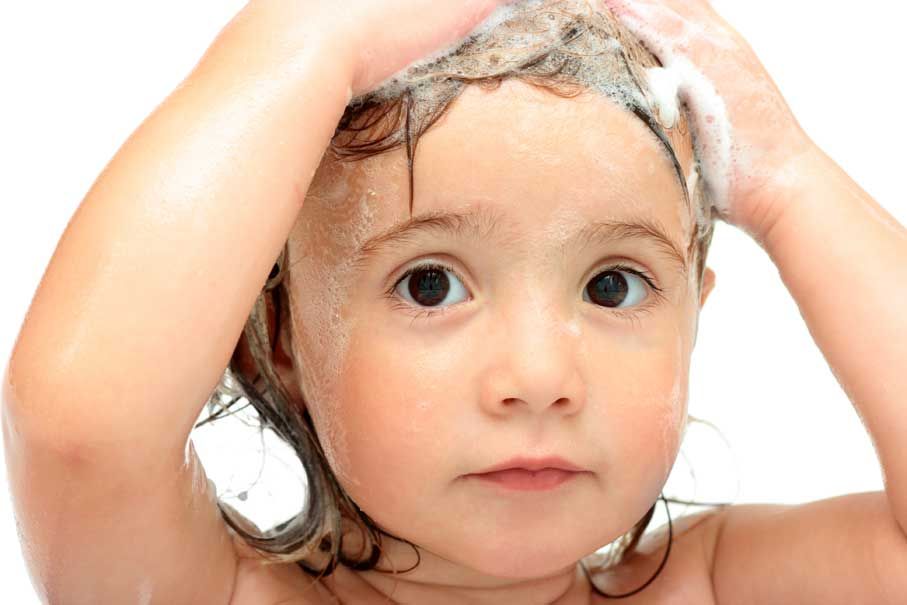
What if my baby has a cold sore?
Herpes simplex (cold sores) can be really dangerous for babies, especially those under 6 months. These blisters (usually accompanied by fever) can be itchy, too, and they require evaluation by a pediatrician ASAP. To help prevent cold sores, caution caregivers (and anyone else!) not to kiss your baby if that person has a cold sore.
The information WonderBaby provides is not intended to be, and does not constitute, medical or other health advice or diagnosis and should not be used as such. Always consult with a qualified medical professional about your specific circumstances.
Why does the head itch and how to get rid of itching
May 20, 2019 Likbez Health
Lifehacker found 18 reasons - from the most harmless to the most serious.
1. Reaction to hair care products
You may not have washed out the shampoo well enough to cause skin irritation.
Or maybe the itching and rash on the head are signs of allergic contact dermatitis. It is common among people who color their hair.
You may also be allergic to shampoo, conditioner or any other hair product. To test suspicions, simply apply the substance to the crook of your elbow. If a rash appears there, then your fears are not in vain.
What to do
It is better to rinse your hair so that there is no shampoo left on it. If it's an allergy, find and stop using the remedy that causes it.
If this does not help, see a doctor. He will sort out the causes and possibly prescribe an antihistamine to relieve the itching.
2. Hairstyle
An everyday ponytail or bun can also cause itching.
Natalia Koporeva
dermatovenereologist, trichologist at Intermed Medical Center, 21 years of work experience
Hairstyles that are too tight damage hair follicles and can cause scalp itching and hair loss.
What to do
Stop pulling your hair with all your might.
3. Dry skin
If the skin lacks moisture, it may itch and flake. You may not be drinking enough water, washing your hair too often, or using harsh shampoos.
What to do
Drink more. Use mild shampoos with hyaluronic acid or natural oils. After washing, additionally moisturize the skin with a tonic with glycerin or aloe. Get a head massage at least once a week. And do not forget about the headgear: in winter you need to protect the skin from the cold, in the summer from the heat.
4. Poor hygiene
During the day dust, microbes, sweat, sebum accumulate on the scalp and hair. If you do not clean your head regularly, itching may occur.
What to do
Wash your hair as it gets dirty, that is about once every three days.
5. Urticaria
Urticaria usually resolves in a few hours or days, but may reappear / dermline.ru These red, itchy bumps can appear anywhere. Urticaria can be caused by allergies to food, medications, insect bites, pollen, animal dander, latex, and other materials. But it can also be chronic - its causes are unknown.
But it can also be chronic - its causes are unknown.
What to do
Urticaria often resolves without treatment. But if it periodically appears and disappears for six weeks, it's time to go to the doctor. He will prescribe drugs that will reduce the symptoms.
6. Dandruff or seborrheic dermatitis
Dandruff is the result of overactive sebaceous glands. It does not harm in any way, but may be accompanied by itching. Seborrheic dermatitis - a chronic inflammation of the skin - has the same symptoms, but whitish scales can appear not only in the hair, but also on the nose, eyebrows, ears, eyelids and chest.
What to do
If you just have dandruff, a shampoo that contains one of these ingredients will most likely help:
- zinc pyrithione;
- salicylic acid;
- selenium sulfide;
- ketoconazole;
- coal tar.
Use these shampoos strictly according to the instructions.
If it's seborrheic dermatitis, you will have to take medications that the doctor will select.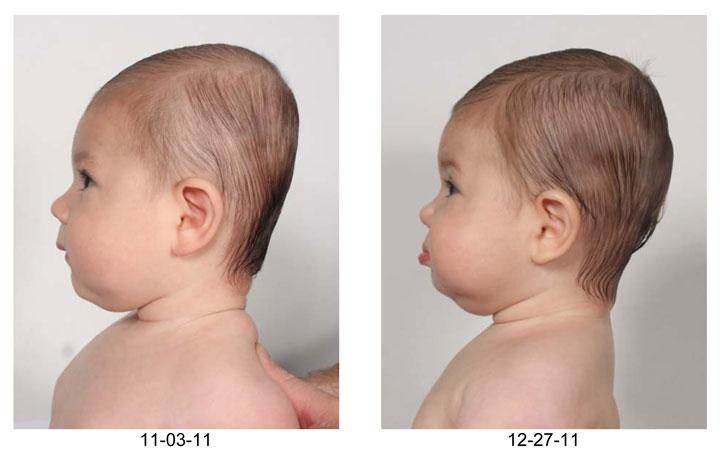
7. Tan
Prolonged exposure to sunlight or UV rays in a tanning bed causes burns and dries out the skin.
What to do
Take a cool shower or apply a cold compress (not ice). Lubricate the skin with aloe juice or moisturizing lotion. In the future, try to protect yourself from the sun.
8. Use of medicines
Ingredients in some medicines cause itching even without rash or irritation. Among them are allopurinol, amiodarone, amiloride, hydrochlorothiazide, estrogen, sivmastin, hydroxyethylcellulose.
What to do
Discard self-prescribed medications and ask your GP for new ones. If your doctor has prescribed medication for you, let him know about the problem. He will change the dosage or offer an analogue.
9. Lice
In fact, lice are small and almost transparent, so they are not easy to notice among the hair / yachist.ru They run around the head, bite and cause itching. At the same time, anyone can become infected, because parasites are easily transmitted by touching the hair or through personal items.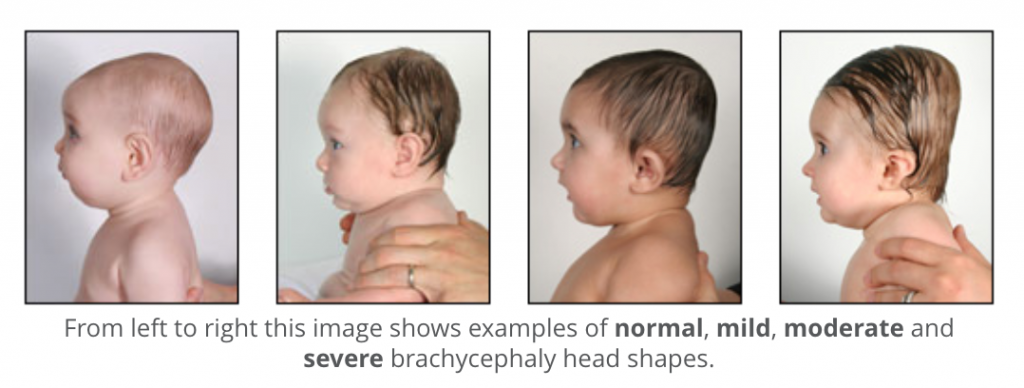 Therefore, just in case, ask someone to examine your head.
Therefore, just in case, ask someone to examine your head.
What to do
Wash your hair with a shampoo containing pyrethrin or permethrin. Just read the instructions carefully and follow the instructions, otherwise you can earn skin irritation. Comb out the nits with a fine comb. Be sure to wash clothes and bed linen in hot water (at least 54 ° C), and then iron them.
If home treatment does not help, you will need the help of a dermatologist. He will examine you and write out stronger funds.
10. Scabies
If this is it, not only the head will itch, but the whole body. And so strong that it will be impossible to sleep. In addition, a rash or crusts will appear.
What to do
Scabies does not go away on its own, it must be treated. First, go to a dermatologist, he will tell you what to do and prescribe medication.
A cream or lotion containing permethrin, lindane, benzyl benzoate, crotamiton, or sulfur is usually given to kill scabies mites.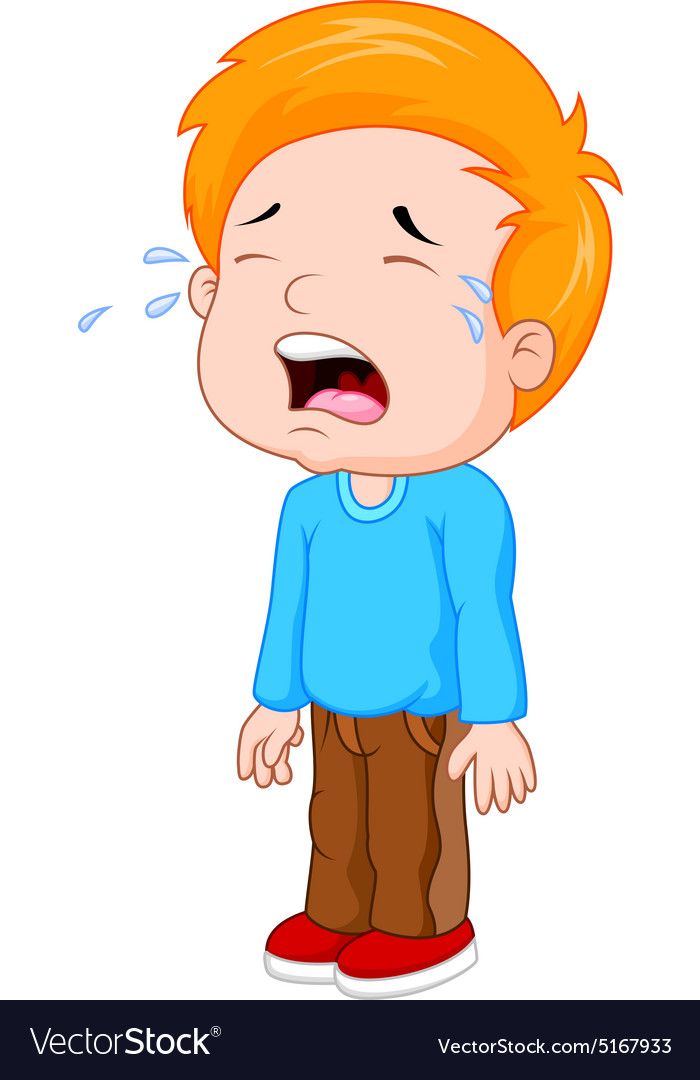 And antihistamines and cool compresses are prescribed for itching.
And antihistamines and cool compresses are prescribed for itching.
11. Folliculitis
This is the name of the inflammation of the hair follicles. It looks like red bumps or pimples with a white head around the hair.
What to do
Mild folliculitis can also be treated at home:
- Apply gauze soaked in warm water or saline (1 teaspoon of salt to 2 cups of water) to your head.
- Wash skin twice daily with antibacterial soap.
- Use an over-the-counter antibiotic cream or gel to fight infection.
In a few days your condition should improve. If the bumps and itching persist, it's time to leave the home treatment and go to the hospital.
12. Psoriasis
Plaques can be not only under the hair / aad.orgPsoriasis manifests itself as dry red spots raised above the skin and covered with white scales. Itching can be both weak and strong.
What to do
The treatment plan should be drawn up by a dermatologist.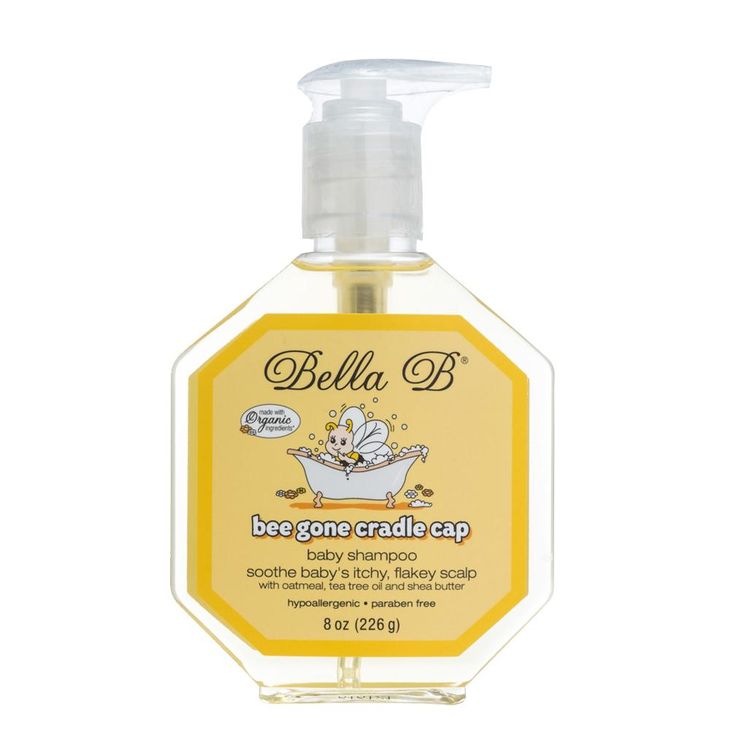 Therefore, with signs of psoriasis, you should immediately go to him.
Therefore, with signs of psoriasis, you should immediately go to him.
For mild scalp psoriasis, shampoos with salicylic acid or coal tar can be tried. They will reduce itching and make the plaques invisible.
13. Eczema or atopic dermatitis
Children are the most affected. The skin turns red, scales appear on it. Some people feel like their head is on fire.
What to do
Go to a dermatologist. He will diagnose and prescribe treatment.
14. Ringworm
Severe itching usually causes ringworm, but there is a more rare form - red flat. In any case, the skin is covered with scales and turns red.
What to do
Again, you need to see a dermatologist. At home, you can only wash your hair with warm water and use an over-the-counter emollient cream or lotion for itching, but this is not a substitute for medical treatment.
15. Alopecia areata
In another way - alopecia, which is often accompanied by itching.
What to do
Go to the doctor at the first sign of baldness. It is impossible to wait for complete hair loss: long-term alopecia is very difficult to treat.
16. Skin cancer
Any unusual moles, nodules and dark spots can be a sign of it. Sometimes they itch or burn.
What to do
A suspicious skin growth should be examined by an oncologist. He will decide whether it is dangerous or not. If it is dangerous, then the neoplasm will have to be removed.
17. Lymphoma
Lymphoma usually occurs in people over 50 / marickautosales.comLymphoma appears on the skin as red or purple pimples or flat plaques. The affected areas are usually itchy and scaly.
What to do
Consult a dermatologist or oncologist and, if necessary, take blood tests, biopsy, computed tomography.
18. Mental state
Depression, anxiety, psychosis, obsessive-compulsive disorder can cause phantom itching, although there is no rash or other skin manifestations.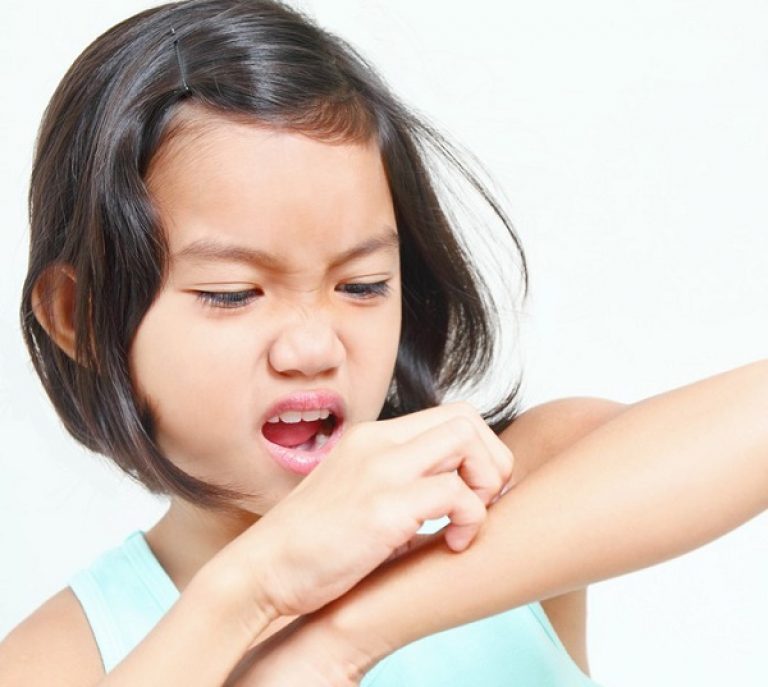 Maximum damage from scratches.
Maximum damage from scratches.
What to do
Contact a psychotherapist to confirm that the cause of the itching is a psychological condition.
Treatment may include behavioral therapy or antidepressants. When the problem is solved, the itching will also disappear.
Read also 🧐
- 10 early symptoms of Parkinson's disease that are dangerous to ignore
- 6 signs that dizziness is life-threatening
- Why your chest hurts: 11 harmless and frightening reasons
- Why hands and feet go numb and what to do about it
- Why the skin on the face peels off and what to do about it
Seborrheic dermatitis on the head in children - causes, first symptoms, methods of prevention
Seborrheic dermatitis is a dermatitis that occurs at an early age, manifested by the formation of peculiar "crusts" on the skin (mainly on the scalp, although it can also be on the face, neck, ears, flexor surfaces of the limbs, back, chest and perineum) .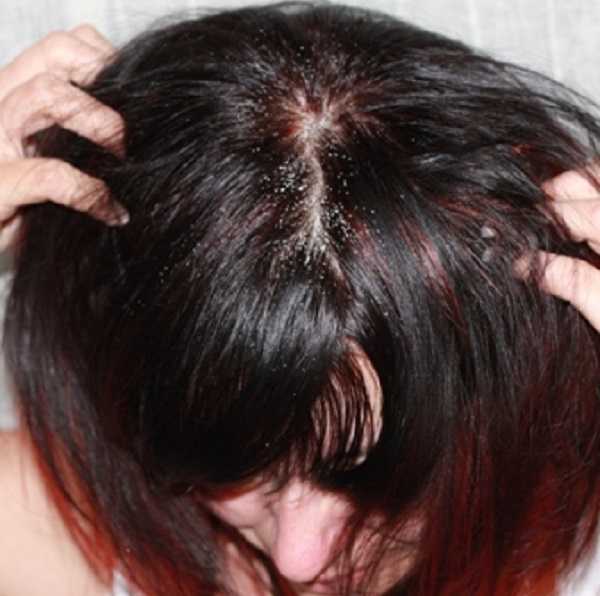
Causes
The exact cause of seborrheic dermatitis is unknown. It is believed that the disease develops with a combination of the following factors:
- Activation of reproduction of fungi Malassezia furfur permanently living on human skin.
- Hormonal imbalance in the child's body (early age - the time when the endocrine and other systems go through a period of "formation", stabilizing their functions).
- Decreased immunity due to genetic disorders, frequent infectious diseases (eg, acute respiratory viral infections), malnutrition.
Symptoms
- Accumulations of oily, greasy scales (crusts) on the scalp (gneiss), behind the ears, face, neck.
- On the skin of the flexion surfaces, there are often clearly defined plaques of red-pink color, with fine peeling, with areas of erosion (superficial skin lesions).
- Itching of the skin in the affected areas is weak or absent.
- When large folds are affected (inguinal, axillary, gluteal), the appearance of a maculopapular rash (alternation of reddening in the form of spots and small tubercles rising above the surface of the skin on the skin).
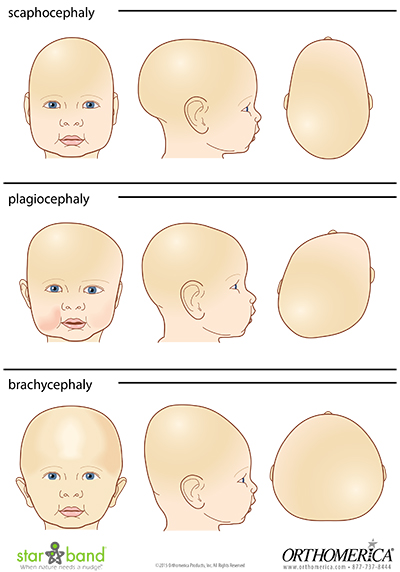
Prevention
- Proper nutrition and a healthy lifestyle for women during pregnancy.
- Timely introduction of complementary foods to an infant (for example, the introduction of vegetable purees into the diet at the 4th month, meat purees at the 6th month).
- Careful hygiene of the skin of an infant (regular gentle bathing, treatment of natural folds with baby creams).
More about pediatric dermatology at the YugMed clinic
By leaving your personal data, you give your voluntary consent to the processing of your personal data. Personal data refers to any information relating to you as a subject of personal data (name, date of birth, city of residence, address, contact phone number, email address, occupation, etc.). Your consent extends to the implementation by the Limited Liability Company Research and Production Association "Volgograd Center for Disease Prevention "YugMed" of any actions in relation to your personal data that may be necessary for the collection, systematization, storage, clarification (updating, changing), processing (for example, sending letters or making calls), etc.